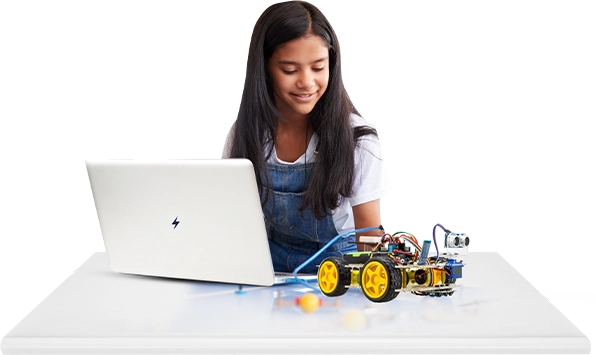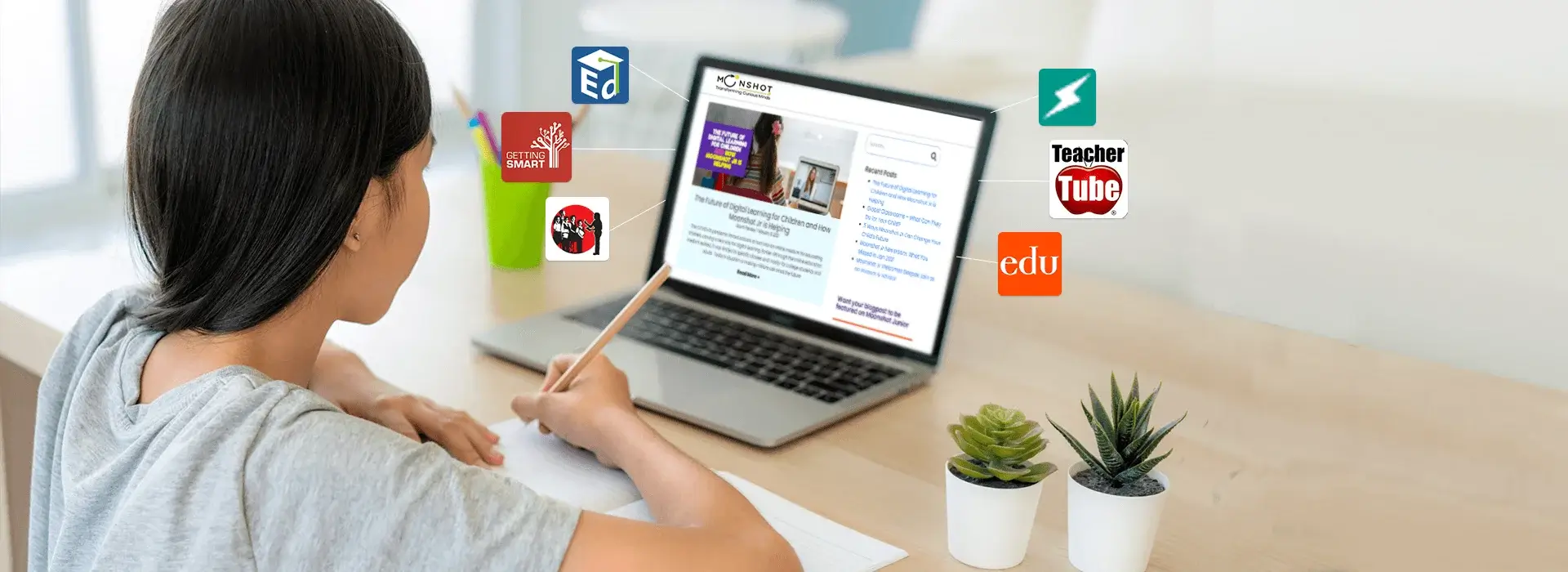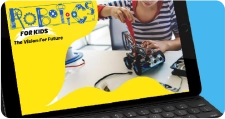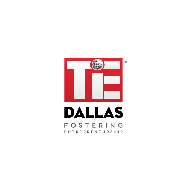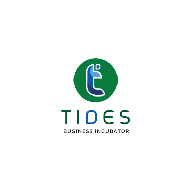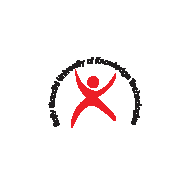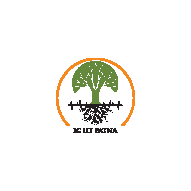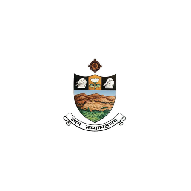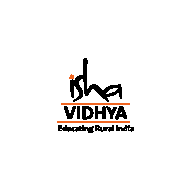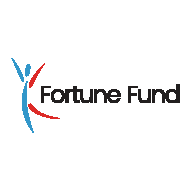Minnesota offers families a wide range of options when it comes to finding the best elementary school in Minnesota, with schools recognized nationally for their academic excellence and supportive learning environments. The best elementary schools in Minnesota are known for high reading and math proficiency, experienced teachers, and strong community engagement. Many of these schools also feature gifted programs, STEM and arts integration, and inclusive approaches to meet diverse student needs. Each best elementary school in Minnesota fosters creativity, curiosity, and lifelong learning. Below are ten of the best elementary schools in Minnesota, each highlighted for its unique strengths—explore more details through the Moonpreneur Minnesota elementary schools directory.
1. Atheneum Elementary School (Inver Grove Heights)

Atheneum Elementary in Inver Grove Heights frequently ranks as top-1 or among the very best public elementary schools in Minnesota in recent U.S. News & World Report data. It achieves almost perfect reading proficiency (≥ 95%) and very high math scores (≈ 90–94%), setting a high bar for academic excellence.
The school is also known for its gifted magnet programming, strong parent involvement, and enriched instructional offerings. For those wanting top academic performance along with strong support structures, Atheneum is a premier option. To read more about this school, please refer to its official website.
2. Gate 4/5 Elementary School (Stillwater)
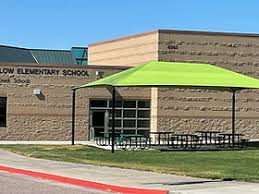
Gate 4/5 (Stillwater) stands out for its excellent combined proficiency percentages in reading and math, often above 90%. In addition to strong academic measures, Gate 4/5 offers engaging learning opportunities, enrichment programs, and caring teacher support.
The school balances rigorous benchmarks with creative learning, giving students access to collaborative learning, strong peer interaction, and community involvement. For families seeking reliability and excellence, Gate 4/5 is an excellent choice. To read more about this school, please refer to its official website.
3. Scenic Heights Elementary School (Minnetonka)
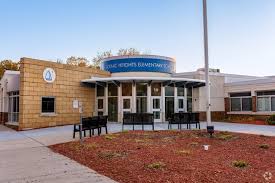
Scenic Heights Elementary in Minnetonka is regularly listed among Minnesota’s top public elementary schools. It delivers very high test scores, especially in math (≈ 91%) and strong reading proficiency (≈ 83%). Parents and educators praise its learning environment, which includes modern curriculum design, strong enrichment (arts, STEM), and highly qualified staff.
The school offers a mix of individualized support and high expectations, ideal for students who thrive in both discipline and creativity. To read more about this school, please refer to its official website.
4. Lake Harriet Upper Elementary School (Minneapolis)
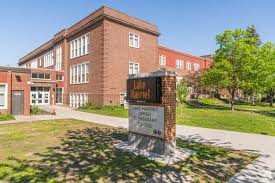
Lake Harriet Upper Elementary in Minneapolis is valued for its excellent reading and math scores, engagement in environmental education, arts, and strong school culture. It emphasizes collaborative learning, supports diverse learners, and encourages parent involvement.
Teachers are known to foster student curiosity and confidence, helping students perform well academically while also developing well-rounded skills. For families who care about academic performance and culture, Lake Harriet Upper is a strong contender. To read more about this school, please refer to its official website.
5. Dassel Elementary School (Dassel)
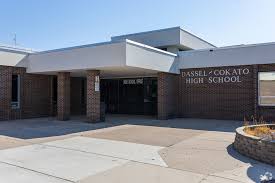
Dassel Elementary has been recognized in U.S. News rankings among the top public elementary schools in Minnesota. It stands out for strong performance relative to state averages, especially in reading and math, and for its supportive, tight-knit school community.
Teachers and staff are committed to helping every student meet grade level with interventions where needed. For families who value strong core academic outcomes plus a caring environment, Dassel is often mentioned among the best. To read more about this school, please refer to its official website.
6. Kimberly Lane Elementary School (Plymouth)
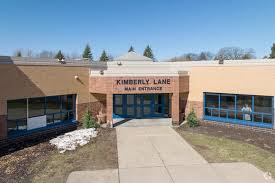
Kimberly Lane Elementary in Plymouth is part of Wayzata Public Schools, which has been ranked #1 district in Minnesota. Kimberly Lane has strong academic outcomes, supportive teachers, small class sizes, and extracurricular enrichment. Families appreciate its consistent performance, well-resourced classrooms, and high parental involvement.
It often appears in top school lists for its reading and math proficiency, and for being a reliable, safe, and well-rounded academic environment. To read more about this school, please refer to its official website.
7. St. Croix Preparatory Academy Lower (Stillwater)
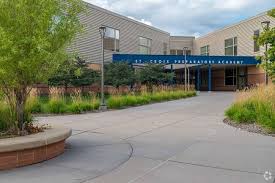
St. Croix Preparatory Academy Lower in Stillwater is praised for its supportive instructional approach, strong core academics, and a well-rounded curriculum. Students perform well in both reading and math, with extra emphasis on character education, small class sizes, and enrichment programs.
The school offers parents an alternative to traditional public models, often with greater flexibility and focus on holistic student development. To read more about this school, please refer to its official website.
8. Burroughs Elementary School (Minneapolis)
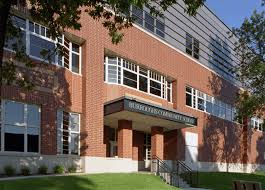
Burroughs Elementary in Minneapolis is included among the top-10 Minnesota elementary schools in multiple rankings. Its strengths include strong literacy and numeracy proficiency, a diverse student body, and solid programs for supporting varied learning styles.
Parents appreciate the school’s commitment to academic growth and its inclusive environment. If you’re looking for excellent academics in a city setting with diversity and quality, Burroughs is often highly rated. To read more about this school, please refer to its official website.
9. Hale Elementary (Minneapolis)
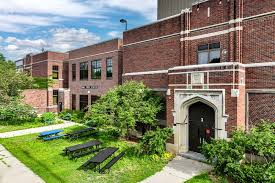
Hale Elementary in Minneapolis stands out for its focus on excellence in both reading and language arts, and its commitment to a safe, supportive environment. It also benefits from strong community partnerships, programs that foster social-emotional growth, and staff who are responsive to student needs.
Although rankings vary, Hale consistently appears among schools with solid academic metrics and engaged parent communities. For many, Hale is a good match for both performance and environment. To read more about this school, please refer to its official website.
10. Red Pine Elementary School
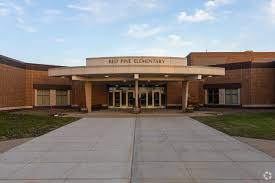
Red Pine Elementary is known for high parent satisfaction, technology use, and effective instruction. It frequently appears in top school rankings for Minnesota. Students benefit from resources and well-rounded programs.
For families looking for a school that combines high academic standards, modern facilities, and strong community support, this school often features among the best. To read more about this school, please refer to its official website.
Conclusion
Finding the best elementary school in Minnesota means exploring schools that combine exceptional academic performance with nurturing and inclusive environments. Minnesota is home to many top-rated institutions like Atheneum, Gate 4/5, Scenic Heights, Kimberly Lane, and St. Croix Prep Lower—each recognized among the best elementary schools in Minnesota for their strong reading and math proficiency, enrichment programs, and dedicated teachers. Every best elementary school in Minnesota focuses on fostering creativity, curiosity, and character alongside academics. Parents searching for the best elementary school in Minnesota should look into factors such as school culture, diversity support, and location convenience. Visiting campuses, meeting educators, and reviewing performance data will help families find the best elementary school in Minnesota that perfectly matches their child’s needs.
Moonpreneur is dedicated to transforming conventional education, preparing the next generation with comprehensive learning experiences. Our Innovator Program equips students with vital skills in AI/ML, Robotics, Coding, Game Development, and App Development, fostering entrepreneurship through hands-on learning. This initiative aims to cultivate the workforce of tomorrow by integrating innovative technologies and practical skills in school curriculums.
Register for a 60-minute free workshop today!
FAQs:
Atheneum Elementary in Inver Grove Heights is often ranked #1 in Minnesota for public elementary schools, particularly for its exceptional reading and math proficiency scores.
Gate 4/5 in Stillwater, Scenic Heights in Minnetonka, and Kimberly Lane in Plymouth are among the top suburban elementary schools earning high marks for academic performance and community satisfaction.
Yes. Schools such as Atheneum and Pun (e.g., “Atheneum Gifted Magnet Program within Salem Hills”) provide gifted or magnet tracks, specialized instruction, and enrichment for high-achieving students.
Key factors include test score proficiency in reading and math, class size or student-teacher ratio, school culture (safety, inclusivity), enrichment or STEM/arts opportunities, parental involvement, and proximity to home. Visiting the school and reviewing state-reported data helps make a well-informed choice.



